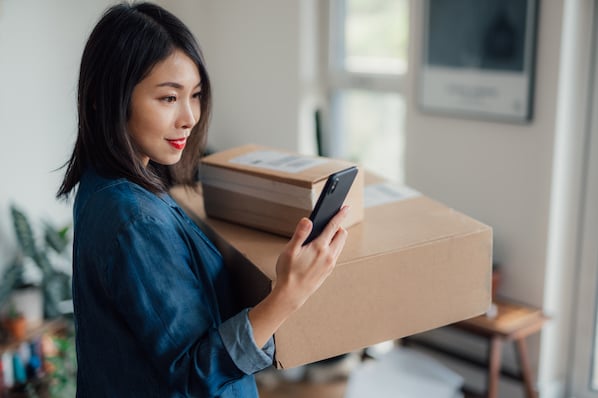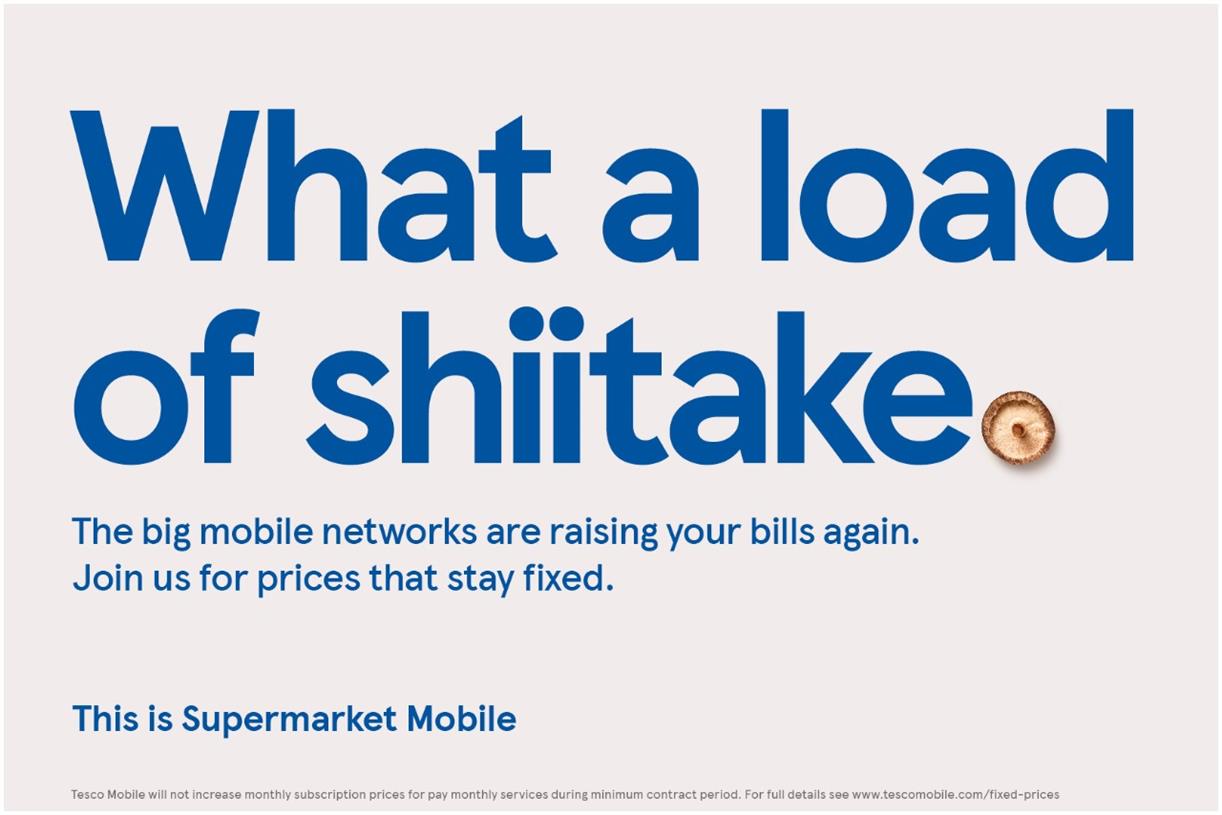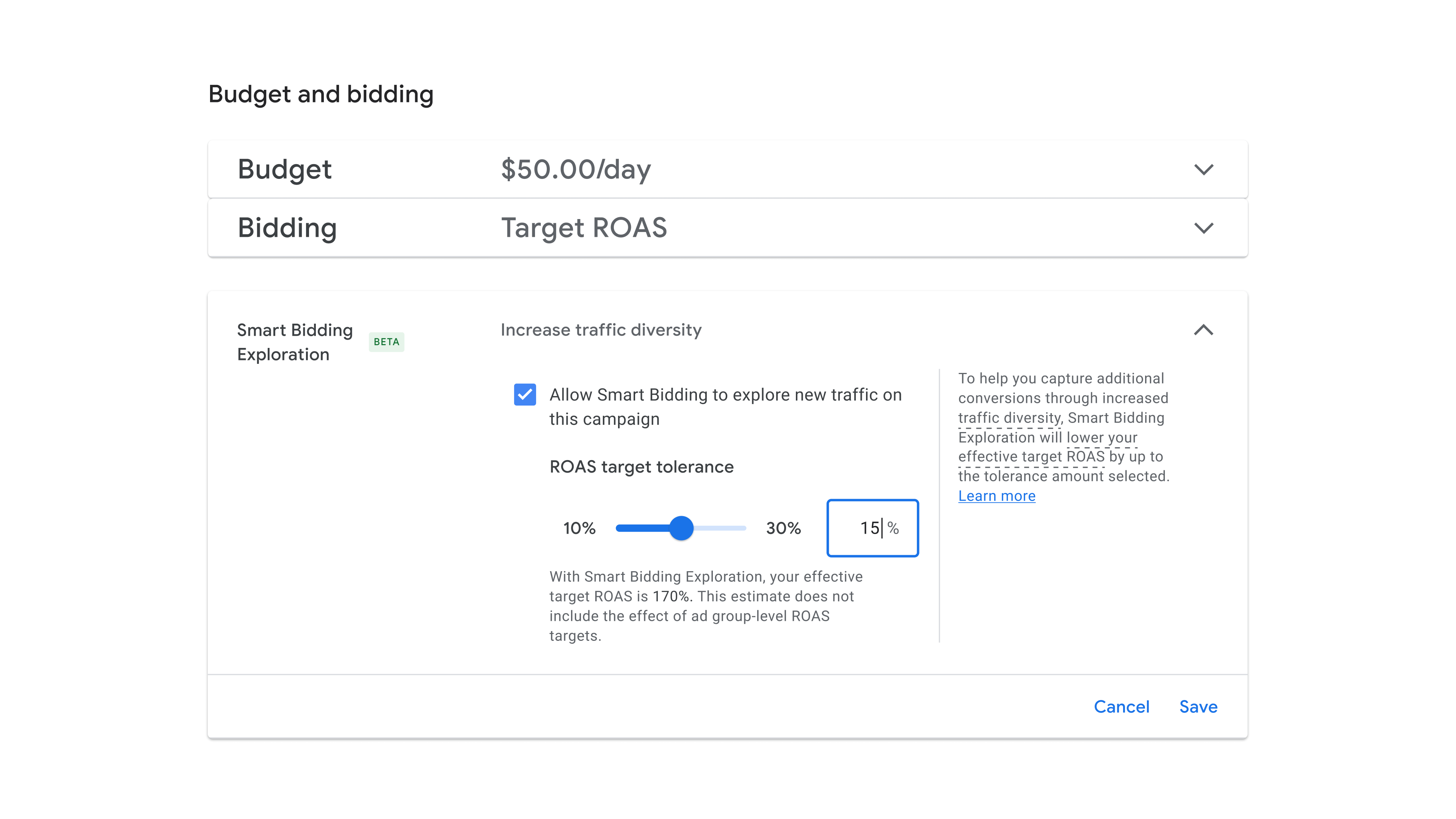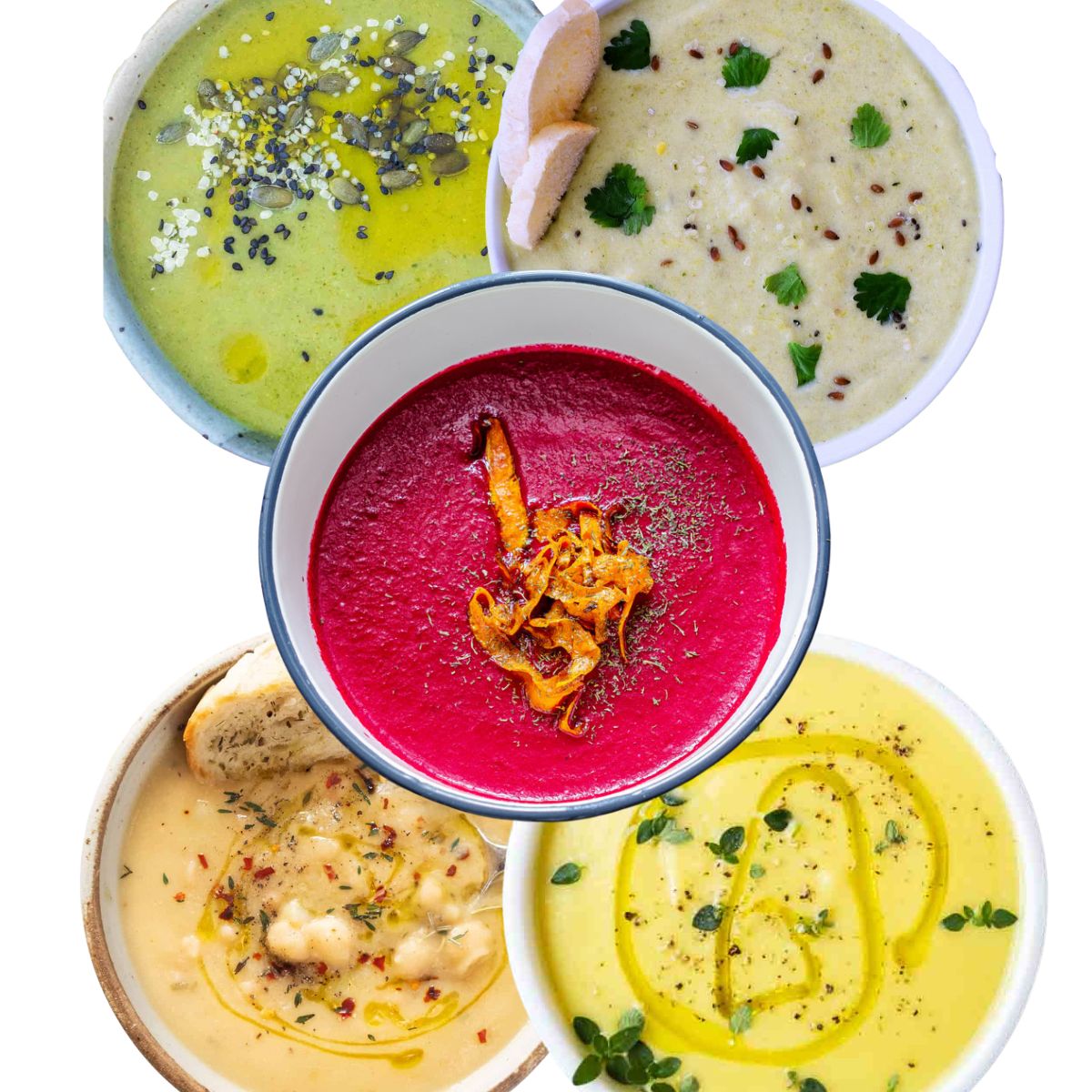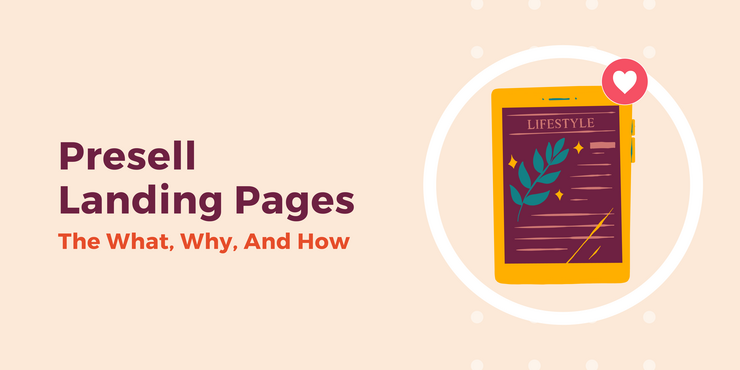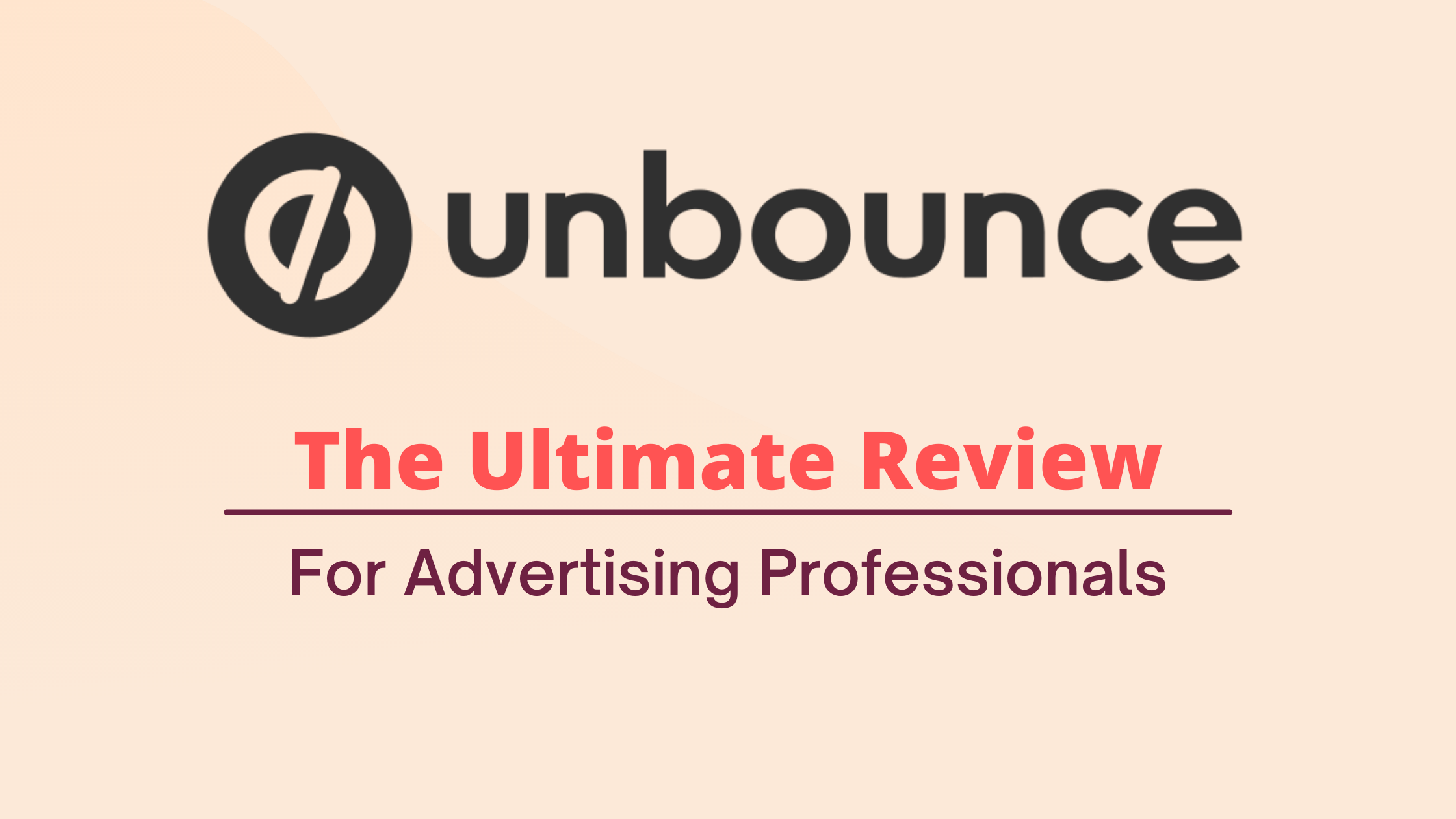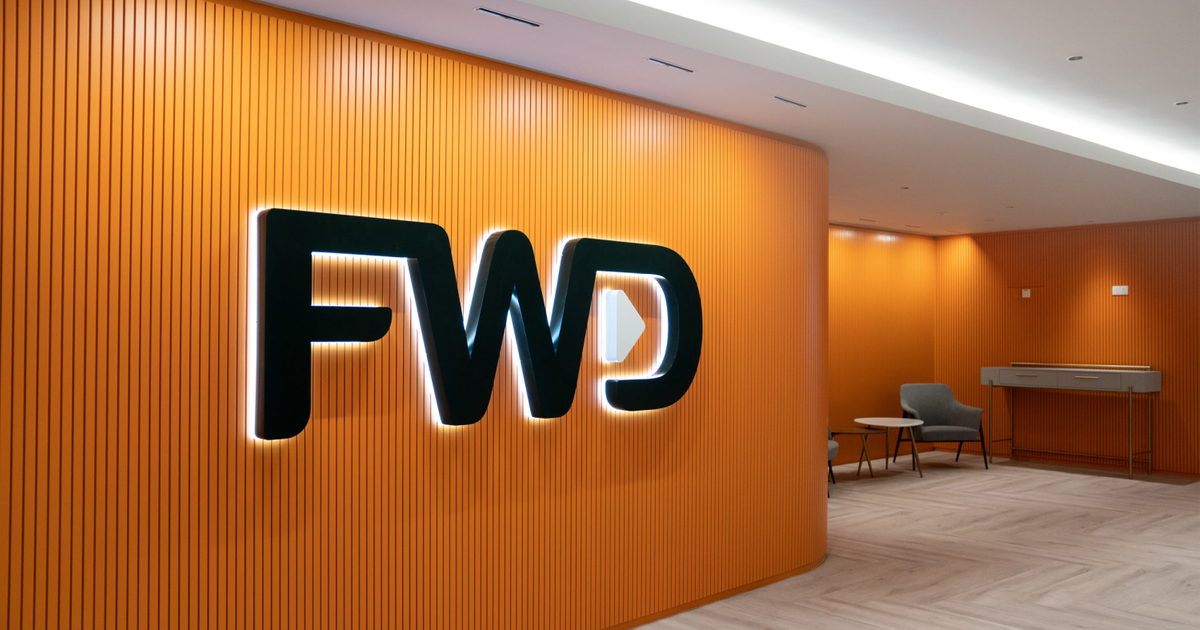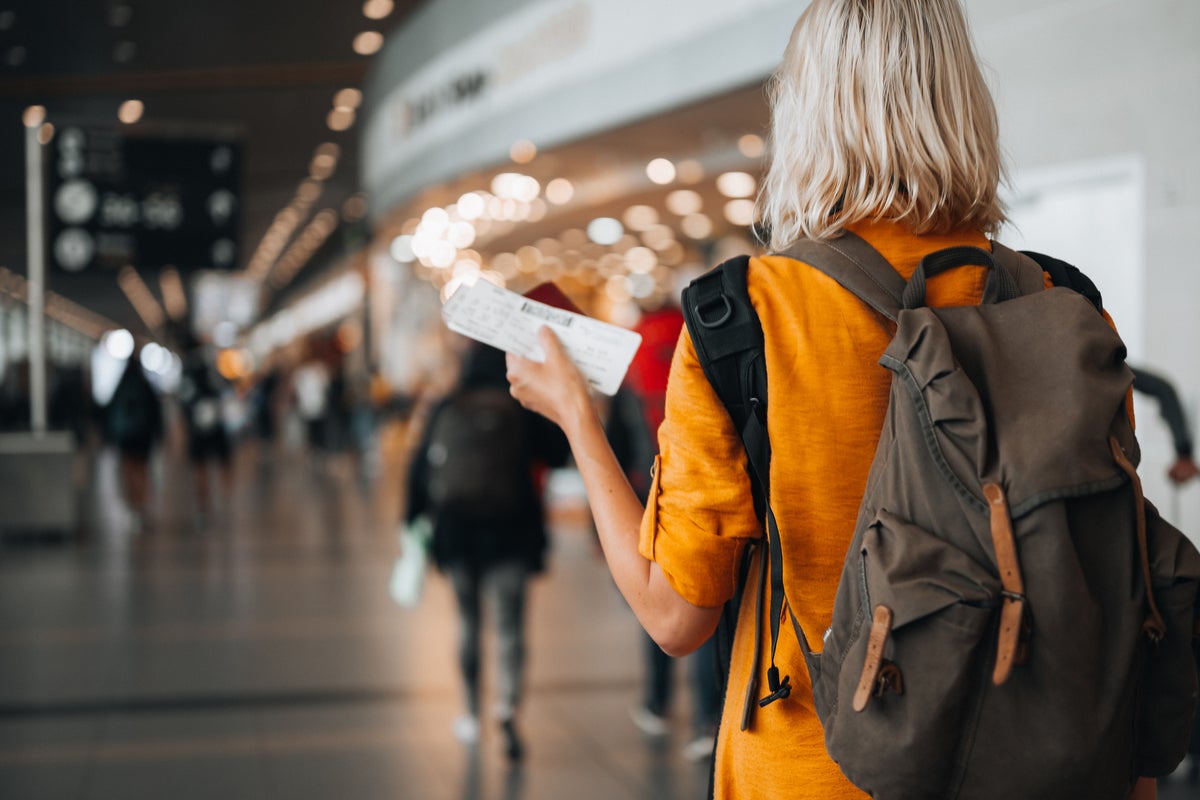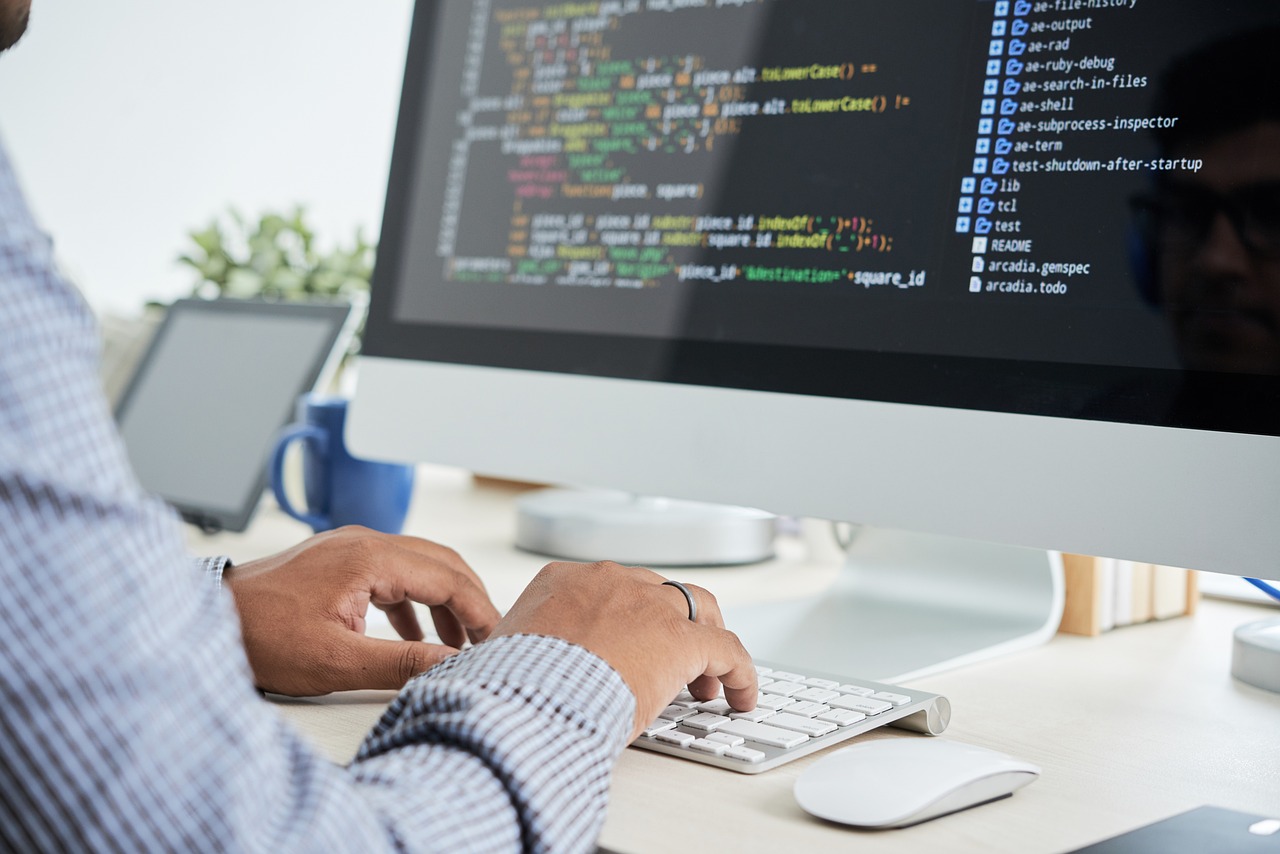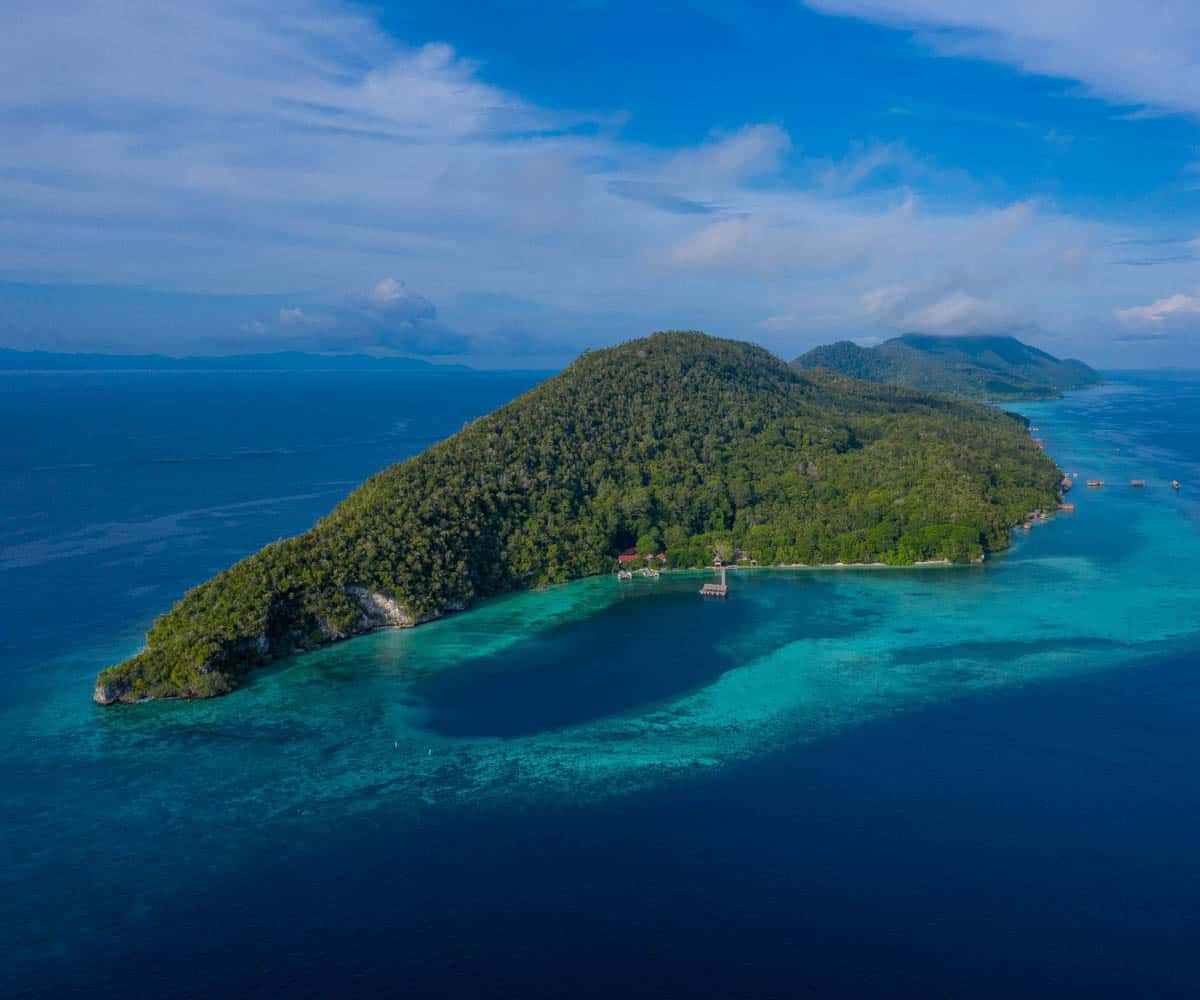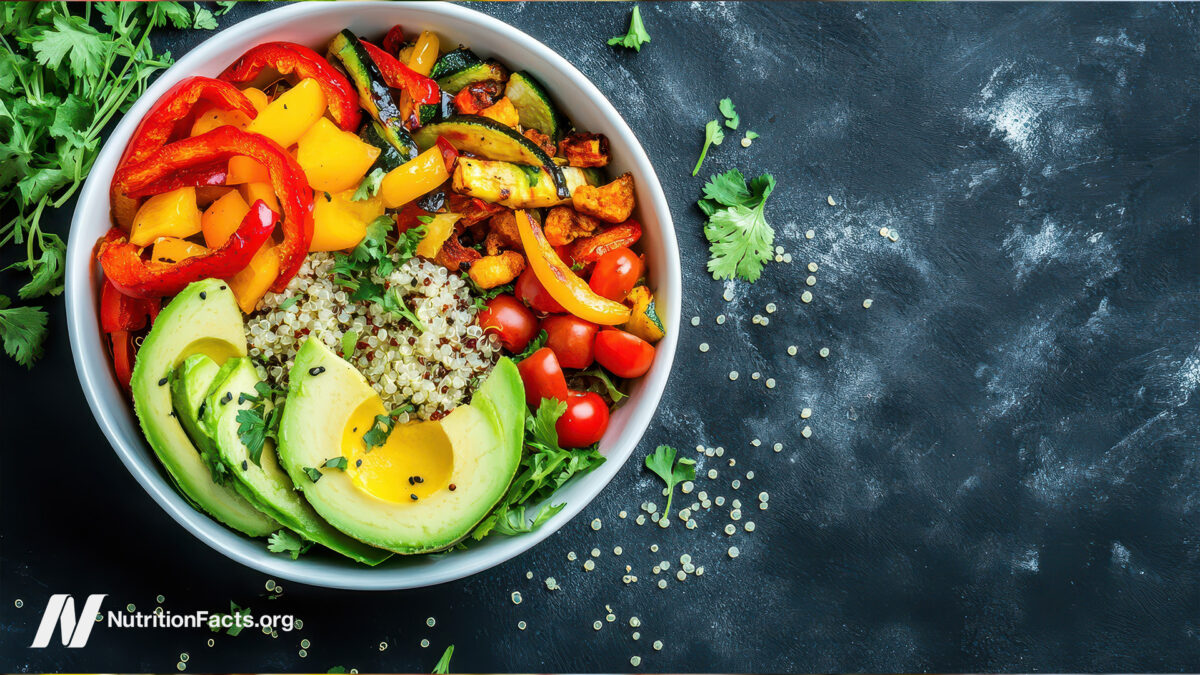How Social Media Influenced Coachella
Welcome to HubSpot Marketing News! Tap in for campaign deep dives, the latest marketing industry news, and tried-and-true insights from HubSpot’s media team.

Welcome to HubSpot Marketing News! Tap in for campaign deep dives, the latest marketing industry news, and tried-and-true insights from HubSpot’s media team. Coachella didn’t start off as the Met Gala for influencers. The festival was first held in October 1999 and was intended to be an accessible event for alternative music fans. Held just three months after the infamous Woodstock ‘99, the first Coachella had an audience of just 25,000 people and failed to make a profit, costing organizers nearly $1 million. After taking a year off, Coachella made its comeback in April 2001. While Coachella began picking up popularity in its first decade, the 2010s ushered in a distinctly new era for the festival and it became a profitable and style-defining event. In its first few years, Coachella featured predominantly alternative artists, with headliners like Beck and Rage Against the Machine. By the 2010s, mainstream artists including Jay-Z, Lady Gaga, and Beyonce started drawing bigger crowds. What started as a single-day event evolved into a six-day festival spanning over consecutive weekends. By 2016, there were over 99,000 attendees at Coachella each weekend — combined to be nearly 10x the attendance of the first event. The rise of social media also had a major impact on Coachella’s growth. Influencer culture and "festival fashion" became nearly synonymous with the event. As content creators and celebrities began attending Coachella in droves, what they wore nearly overshadowed what was happening on stage. Brands, particularly brands that relied on influencer marketing, began leveraging Coachella as a pivotal part of their business strategies. In 2015 and 2016 H&M partnered with Coachella organizers to launch #HMLovesCoachella, a clothing collection that captures the boho aesthetic the festival is known for. H&M also hosted a pop-up shop at the 2016 festival where attendees could purchase the clothes on-site. Perhaps no company has used Coachella as an influencer marketing tool as heavily as the LA-based clothing company Revolve. It’s reported that nearly 70% of the company’s sales come from influencers, and experiential marketing with content creators at events like Coachella is a core revenue driver. Since 2015, Revolve has hosted Revolve Festival, an invite-only party for celebrities and influencers. Over the years Revolve Festival has made headlines for partnering with celebrity brands like Kendall Jenner’s 818 Tequila and Hailey Bieber’s Rhode Beauty, and for last year’s transportation issues that left influencers comparing the party to 2017’s disastrous Fyre Festival. Despite the controversy, Revolve Festival, combined with content distributed by influencers dressed in Revolve’s clothes, has helped the brand generate an astounding five billion social and media impressions. Between sponsors throwing money at the opportunity to have their brands seen at the event, and influencers turning their experiences into content for their followers, Coachella has gone from a modest music festival to a $1+ billion marketing machine. The latest marketing news and strategy insights. Instagram is now letting users put up to five links in their bio. YouTube is ending its in-video shopping feature. Twitter gives Twitter Blue subscribers the ability to monetize their popular tweets. Google is reportedly working on an AI-powered search engine to compete with Bing and OpenAI. AI in content marketing: the HubSpot blog recently surveyed a group of marketers to learn how they’re using AI in their processes.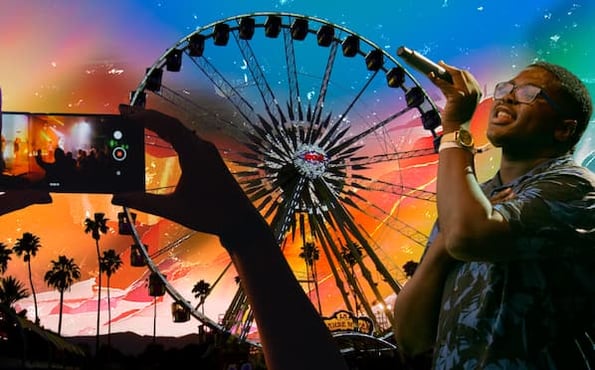
So, what changed?
How Influencer Marketing Changed Coachella
How Revolve Uses Influencer Marketing at Coachella to Drive Revenue
Elsewhere in Marketing

 Koichiko
Koichiko 









![The State of Content Marketing in 2022 [Stats & Trends to Watch]](https://blog.hubspot.com/hubfs/state-content-marketing-infographic-2019.jpg#keepProtocol)
